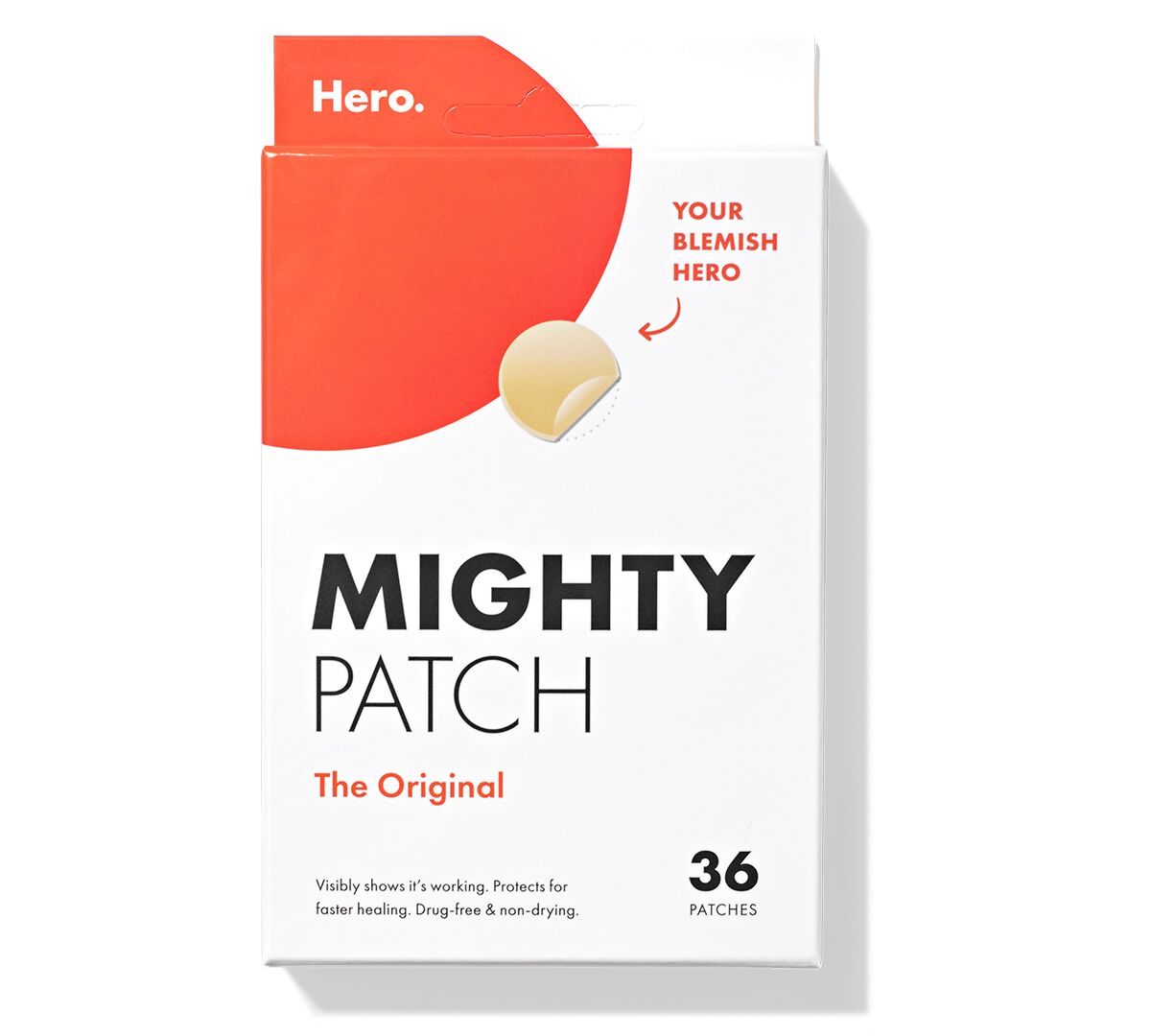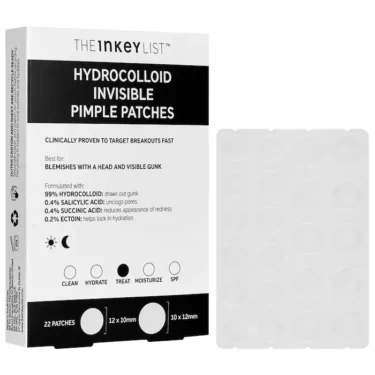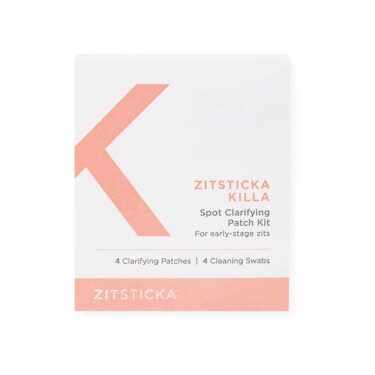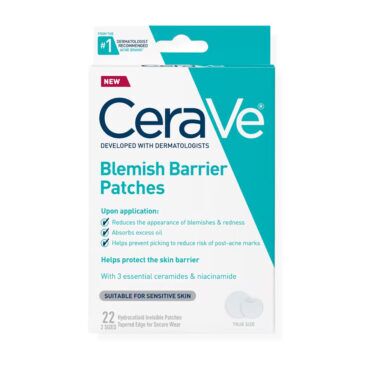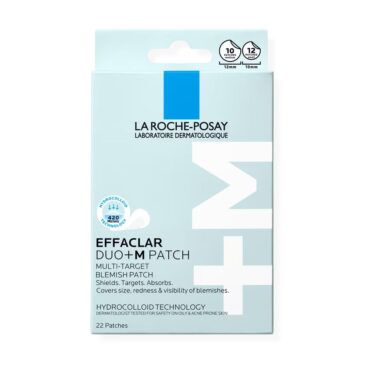Table of Contents
Dabbing toothpaste on a pimple was once the go-to salve for drying out a blemish at home. But in the past few years, pimple patches have taken center stage as the go-to fix for flattening a pimple in a hurry. “Pimple patches are great options when in a pinch,” explains New York dermatologist and Neutrogena global innovation partner Dhaval Bhanusali, MD. “They tend to be hydrocolloid based and can help ease the symptoms of painful comedones.“
If you’re one of the millions with a collection of patches in your skin-care regimen, you might be making some common mistakes that lead to a less-than-stellar outcome.
Mistake 1: Applying Over Skin Care
The first blunder, according to Ashley Paulino, product development director for Hero Cosmetics, is applying your moisturizer or full skin-care routine before applying the pimple patch. This can cause the hydrocolloid (the main ingredient found in these patches) to be less adhesive to the skin and thus less effective in drawing out pus, oil and bacteria. Plus, it can cause the pimple to slip off the face, especially if you wear it to bed. “Instead, use it on clean, dry skin,” she says.
Mark Curry, cofounder and lead formulator at The INKEY List, agrees. “In order to create that seal for the hydrocolloid to draw out impurities, the patch must be applied on freshly cleansed, dry skin, so the adhesive can affix properly,” he says. “Any excess products can cause a patch to fall off and therefore affect the efficacy. Plus, you want the patch to absorb your pimple gunk, versus your skin care!”
Mistake 2: Using on the Wrong Type of Blemish
The second mistake, according to Curry, is putting patches on non-whiteheads. “That will be useless,” he says, “and will do nothing to treat the pimple.” Pimple patches are formulated to be used on whiteheads—not blackheads or red blemishes—in order to draw out the gunk and flatten the pimple.
“Pimple patches work best on whiteheads or pimples that have come to a head—not blackheads,” continues Hamden, CT dermatologist Dr. Mona Gohara. “Blackheads are oxidized oil and debris deep in pores, so a hydrocolloid patch won’t do much for them.”
Mistake 3: Applying Too Soon (Or Too Late)
According to Dr. Bhanusali, there’s a best time to use a pimple patch for maximum efficacy. “I recommend using patches when the blockage has come to a head, as that is usually when they work best,” he explains. “Putting it on at night before bed is fine but be sure to remove in morning.”
Mistake 4: Wearing it for Too Long
According to Dr. Gohara, most pimple patches are designed to be worn for about six to eight hours or overnight. Once the patch turns white or starts to lift, she says that’s your cue to remove it. “Leaving it on too long can reduce effectiveness or cause it to absorb moisture from healthy skin. Look for patches specifically designed for gentle wear on sensitive skin, so it stays effective during the ideal wear window without over-drying or irritating the area.”


